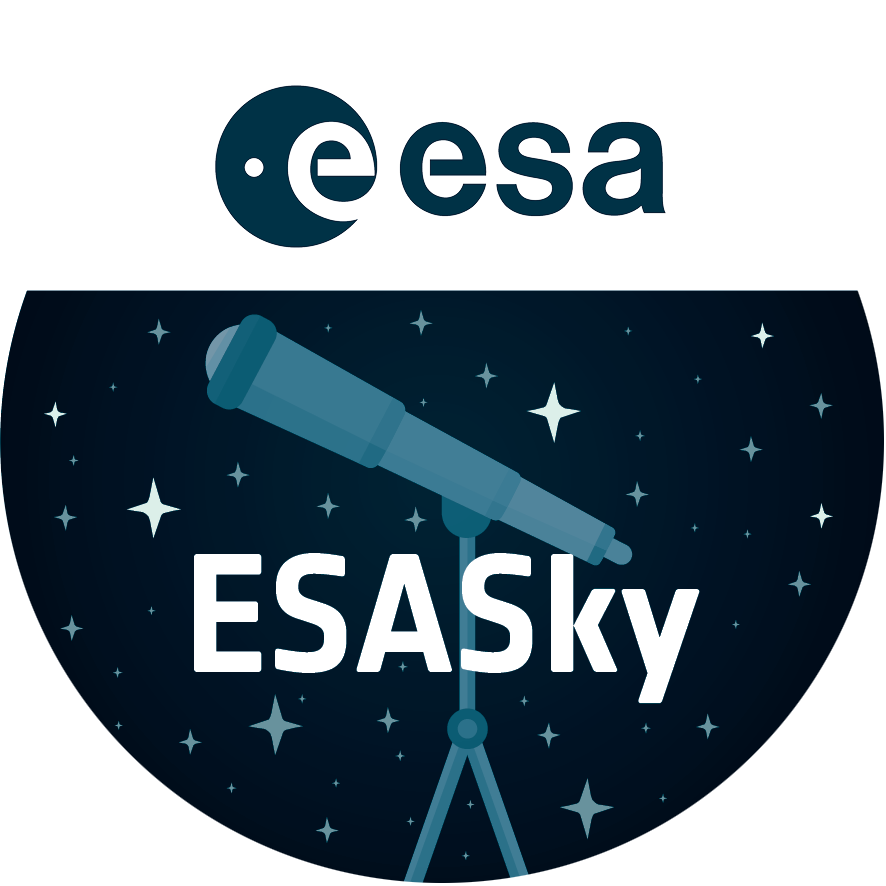Turbulent Cauldron of Starbirth in Nearby Active Galaxy
The picture is a mosaic of two Hubble Space Telescope images taken with the Wide Field Planetary Camera 2, on Aug. 1, 1997 and Jan. 10, 1998. The approximately natural colour is assembled from images taken in blue, green and red light. Details as small as seven light-years across can be resolved. The blue colour is due to the light from extremely hot, newborn stars. The reddish-yellow colour is due in part to hot gas, in part to older stars in the elliptical galaxy and in part to scattering of blue light by dust -- the same effect that produces brilliant orange sunsets on Earth.
Credit:About the Image
About the Object
| Name: | Centaurus A, NGC 5128 |
|---|---|
| Type: | Local Universe : Galaxy Local Universe : Galaxy : Component : Central Black Hole |
| Distance: | 11 million light years |
| Constellation: | Centaurus |
| Category: | Galaxies |
Classic Wallpapers
Coordinates
| Position (RA): | 13 25 29.34 |
|---|---|
| Position (Dec): | -43° 0' 59.83" |
| Field of view: | 3.78 x 3.15 arcminutes |
| Orientation: | North is 20.6° left of vertical |
Colours & filters
| Band | Telescope |
|---|---|
| Optical B |
Hubble Space Telescope
WFPC2 |
| Optical V |
Hubble Space Telescope
WFPC2 |
| Optical R |
Hubble Space Telescope
WFPC2 |


